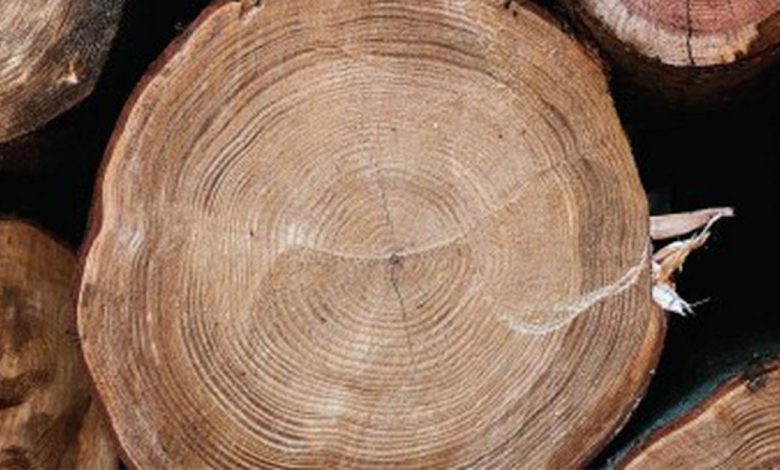Daily Current Affairs for UPSC
Radiometric Dating using Calcium-41
Syllabus- Science and Technology [GS Paper-3]

Context- Researchers have recommended utilizing Calcium-41 for Radiometric Dating as an option in contrast to Carbon-14 for deciding the time of fossilized bones and shakes.
Key Highlights
- They have recommended a method called Molecule Trap Follow Investigation (ATTA) as an answer, on the grounds that ATTA is sufficiently delicate to recognize Calcium-41, which is an intriguing isotope.
What is Calcium-41 and ATTA?
Calcium-41:
- Calcium-41 is an interesting seemingly perpetual radioisotope of calcium with a half-existence of 99,400 years.
- Calcium-41 is delivered in the World’s outside when grandiose beams from space crash into calcium molecules in soil or shakes.
- This isotope has the potential to be used in carbon-14 dating methods to date things that are older than carbon-14 dating can accurately determine.
ATTA:
-
- Laser manipulation and neutral atom detection are its foundations.
- The example is disintegrated, and the iotas are laser-cooled and stacked into a light and attractive field.
- By tuning the laser’s recurrence, Calcium-41 particles can be distinguished through electron changes.
- Transition of electrons: If given a certain amount of energy, an electron in an atom can move from one orbital to another; then, at that point, it bounces back by delivering that energy.
- In seawater, the researchers claimed to be able to identify one calcium-41 atom for every 1016 calcium atoms with a precision of 12%.
- It doesn’t mix up with potassium-41 atoms and is selective.
- Utilizations of ATTA:
-
- Extension to other metal isotopes is possible if a calcium isotope is utilized effectively.
- Other isotopes, such as argon-39, krypton-81, and krypton-85, can be studied using modified ATTA.
- Glaciers recede in warmer climates, allowing calcium-41 to accumulate in the rock below. Glaciers advance in colder regions and prevent calcium-41 from reaching the rock.
- Scientists hope to use ATTA to determine how long ice has covered some rocks.
Radiometric dating: what is it?
-
- Based on the decay of radioactive isotopes, radiometric dating is used to determine the age of rocks, minerals, and fossils.
- It depends on the rule that specific isotopes of components are temperamental and suddenly rot after some time into additional steady structures. The half-life, which is the amount of time it takes for half of the parent isotope to decay into the daughter isotope, is used to measure the rate of decay.
- Since different isotopes have different half-lives, they can be used to date various time periods.
- Carbon-14 dating, for instance, can accurately date organic materials up to approximately 50,000 years old. At the point when a natural substance is alive, its body continues retaining and losing carbon-14 particles. This process stops when it dies, and the carbon-14 that is still there begins to decompose.
- Researchers are able to estimate the time of the entity’s death by comparing the relative abundance of these atoms in the body to the number that should have been present.
- Carbon-14’s limitations:
-
- Carbon-14 is a shaky and feebly radioactive isotope of carbon. It is utilized to estimate the age of carbon-based materials and has a half-life of 5,700 years.
- Scientifically measuring utilizing Carbon-14 is restricted to objects as long as 50,000 years of age because of carbon-14’s 5,700-year half-life.





.png)



